When to Harvest Garlic Scapes: A Gardener’s Guide
Introduction
Garlic (Allium sativum) is a favorite among gardeners and chefs, known for its flavorful bulbs and the unique green shoots called garlic scapes. These curly, green stems emerge as the garlic plant grows, offering a milder garlic flavor. Understanding when to harvest garlic scapes is essential for getting the best taste and ensuring your garlic bulbs reach their full potential. In this guide, we’ll cover everything you need to know about garlic scapes, including when and how to harvest them, their culinary uses, and how harvesting them impacts garlic bulbs.
Understanding Garlic Scapes
Before we discuss when to harvest garlic scapes, it’s important to understand what they are and why they’re significant. Garlic plants are usually classified into two types: hardneck and softneck. Garlic scapes are unique to hardneck garlic, which is more commonly grown in colder climates.
Why Garlic Scapes Matter
Garlic scapes have a unique flavor and texture, milder than the garlic bulbs. They are versatile in the kitchen, used in pesto, stir-fries, and more. Harvesting garlic scapes at the right time also helps the garlic plant direct its energy into growing a larger bulb. This practice leads to a more abundant and flavorful harvest.
Knowing the Right Time to Act
Timing is key when it comes to when to harvest garlic scapes. Picking them too early may give you tender scapes, but they might lack flavor. Waiting too long can result in tough, woody stems that aren’t as pleasant to eat. Success depends on watching the garlic plant’s growth stages.
Spotting the First Signs
The first sign that your garlic plants are ready is a central shoot rising from the middle of the plant. This shoot will curl as it grows, forming one or more loops. Initially, the scape may look like a straight stalk, but it will start to curl as it lengthens. Knowing when to harvest garlic scapes begins with recognizing this early development stage.
When Is the Best Time to Cut?
The ideal time to cut garlic scapes is when they have made one full loop but haven’t straightened out again. At this stage, the scapes are tender and full of flavor, making them perfect for cooking. Depending on your climate and the garlic variety, this usually happens in late spring to early summer, about three to four weeks before the garlic bulbs are ready for harvest. Accurately timing when to harvest garlic scapes will ensure they are at their most flavorful.
What to Look for in the Stems
You can also determine when to harvest garlic scapes by looking at the scape’s texture and color. The scape should be firm but not woody, with a bright green color. The bud at the tip may start to swell, but it shouldn’t be flowering yet. As a general rule, harvest the scapes when they are 8 to 10 inches long.
Adjusting Based on Your Location
The timing of garlic scape harvest varies with location. In colder regions, garlic scapes emerge later, while in warmer climates, they appear earlier. It’s important to watch your garlic plants and adjust your harvest schedule based on local conditions. Different garlic varieties may also have slightly different timelines, so knowing when to harvest garlic scapes based on your specific location is crucial.
Harvesting Techniques
Harvesting garlic scapes is easy, but you need to be careful to avoid damaging the plants. Here’s how to do it right:
What You’ll Need
You don’t need special tools, but a pair of sharp scissors or pruning shears makes the job easier. Some gardeners prefer to snap the scapes off by hand, but using a tool ensures a clean cut and helps prevent damage to the plant.
Step-by-Step Process
- Locate the Scape: Start by finding the central shoot growing from the middle of the garlic plant. The scape usually has a loop or curl at its top, making it easy to spot.
- Cut or Snap: Use your scissors or shears to cut it as close to the base as possible without harming the leaves. If you prefer to snap it by hand, bend the scape near the base until it snaps off cleanly. Be gentle to avoid tearing the plant.
- Batch Harvesting: If you have a large garlic patch, you might notice that not all the scapes are ready at the same time. It’s fine to harvest scapes over a few days as they reach the ideal stage. This way, you get the best scapes while allowing the remaining plants to keep growing.
Considerations for Leaving Some Scapes
Some gardeners choose to leave a few scapes on the plants to flower. This can be for aesthetic reasons or to produce bulbils, small garlic clones that you can plant. If you leave some scapes, be aware that it might slightly reduce the size of the garlic bulbs. This decision should be balanced with knowing when to harvest garlic scapes to maximize your garlic yield.
Optimal Time of Day
For the best flavor and freshness, harvest garlic scapes early in the morning. The plants are turgid, and the scapes are crisp. This timing helps maintain the scapes’ color and texture, making them more appealing for cooking. Early morning harvests also reduce the risk of heat stress on the plants, which is helpful in hot climates.
Creative Uses in the Kitchen
Garlic scapes offer a milder garlic flavor with a hint of sweetness. They can be used in many dishes, either as the main ingredient or as a flavor enhancer. Here are some popular ways to use garlic scapes in your cooking:
Pesto and More
Garlic scape pesto is a popular and flavorful alternative to basil pesto. It offers a unique garlicky taste with a fresh, green flavor. To make garlic scape pesto, blend chopped garlic scapes with olive oil, nuts (such as pine nuts or walnuts), Parmesan cheese, and a bit of lemon juice. This pesto is great as a spread, a pasta sauce, or a topping for grilled meats and vegetables.
Sautés and Stir-Fries
Chopped garlic scapes add flavor to stir-fries, sautés, and other cooked dishes. Their mild flavor pairs well with various vegetables, meats, and seafood. Cooking garlic scapes softens their texture and mellows their flavor, making them a versatile ingredient in many dishes. You can also use them in place of garlic cloves to add a twist to familiar recipes.
Grilling and Roasting
Grilling or roasting garlic scapes brings out their natural sweetness. To prepare, toss the scapes with olive oil, salt, and pepper, and then grill or roast them until tender and slightly charred. Grilled or roasted garlic scapes make a delicious side dish or a topping for pizzas, salads, or grilled meats.
Pickling and Preserving
Pickling is another popular way to preserve garlic scapes. Pickled scapes can be used in salads, sandwiches, or as a tangy snack. The pickling process enhances their flavor and extends their shelf life, allowing you to enjoy them long after the garlic harvest is over. To pickle garlic scapes, pack them into jars with a vinegar brine, along with spices like dill, mustard seeds, and peppercorns.
Raw and Fresh Options
Garlic scapes can be sliced thin and added raw to salads for a fresh, crisp flavor. Their mild garlic taste adds a subtle kick to green salads, pasta salads, and grain bowls. You can also use raw garlic scapes as a garnish for soups or as a crunchy topping for avocado toast.
Flavorful Butter and Vinaigrette
Garlic scape butter is a tasty spread that can be used on bread, steaks, or vegetables. To make garlic scape butter, finely chop the scapes and mix them into softened butter with a pinch of salt and herbs like parsley or thyme. This compound butter can be rolled into a log and refrigerated for later use, or it can be used immediately to add a burst of garlic flavor to your dishes.
For a zesty salad dressing, try making garlic scape vinaigrette. Blend garlic scapes with olive oil, vinegar (such as apple cider or white wine vinegar), Dijon mustard, and a touch of honey or maple syrup. This vinaigrette adds a bright, garlicky flavor to salads and can also be used as a marinade for chicken or fish.
Benefits of Harvesting for Bulb Growth
Harvesting garlic scapes does more than provide a unique flavor. It also affects the development of the garlic bulbs. By removing the scapes, you help the plant focus on growing a larger bulb. This practice can lead to a more abundant and higher-quality garlic harvest.
Bigger and Better Bulbs
One major benefit of harvesting garlic scapes is the potential for larger bulbs. When the scapes are removed, the plant no longer needs to invest energy in producing flowers and seeds. Instead, it can direct more resources toward bulb growth. Studies show that harvesting garlic scapes can increase bulb size by up to 30%, resulting in a more substantial and flavorful crop.
Timing Matters
The timing of garlic scape harvest can also influence when you harvest the garlic bulbs. By removing the scapes, you might slightly speed up the bulbs’ maturation, allowing for an earlier harvest. This can be especially useful in regions with shorter growing seasons.
Plant Health and Disease Prevention
Harvesting garlic scapes can also contribute to the overall health of the garlic plant. By reducing the plant’s stress, you help prevent diseases such as white rot or rust. Harvesting scapes also improves air circulation around the plants, further reducing the risk of disease. Healthy plants are more likely to produce high-quality bulbs that store well and last longer.
Storing and Preserving Your Harvest
If you have an abundance of garlic scapes, it’s important to know how to store and preserve them for later use. Garlic scapes can be stored in several ways, allowing you to enjoy their flavor long after the growing season ends.
Refrigeration and Freezing
Garlic scapes can be stored in the refrigerator for up to three weeks. To keep them fresh, wrap the scapes in a damp paper towel and place them in a plastic bag or an airtight container. Store them in the crisper drawer of your refrigerator to maintain their freshness.
For long-term storage, freeze garlic scapes. Chop them into small pieces and spread them on a baking sheet. Freeze them for a few hours until solid, then transfer them to a freezer-safe bag or container. Frozen garlic scapes can be used directly from the freezer in cooked dishes, making them a convenient option for adding flavor to soups, stews, and stir-fries.
Pickling and Canning
Pickling is a great way to preserve garlic scapes. Once pickled, they can be stored in the refrigerator for several months. Pickled garlic scapes can be used in various dishes, from sandwiches to charcuterie boards, or enjoyed as a snack.
For those experienced in canning, garlic scapes can be preserved in a vinegar brine. Canned garlic scapes can be stored in a cool, dark place for up to a year, making them a great option for enjoying the flavors of your garden throughout the year.
Dehydration for Longer Storage
Garlic scapes can also be dehydrated and ground into a powder for seasoning. Dehydrate the scapes in a food dehydrator or a low-temperature oven until they are completely dry. Once dried, grind them into a fine powder using a spice grinder. This garlic scape powder can be stored in an airtight container and used to add garlic flavor to any dish.
Conclusion: Harvesting for Success
Harvesting garlic scapes is a rewarding experience for gardeners, offering both culinary delights and the promise of larger, more flavorful garlic bulbs. By understanding the growth stages of garlic scapes and knowing when to harvest garlic scapes, you can ensure that your garlic crop reaches its full potential. Whether you’re grilling them, making pesto, or enjoying them fresh, garlic scapes are a versatile addition to any kitchen. Plus, harvesting them helps your garlic plants produce the best bulbs possible.
By following the tips in this guide, you’ll master the art of knowing when to harvest garlic scapes. Not only will you enjoy the flavors they bring to your cooking, but you’ll also benefit from a more abundant and high-quality garlic harvest. So, get out into your garden, keep an eye on those curling shoots, and enjoy the many rewards of harvesting garlic scapes at just the right time. Happy gardening!


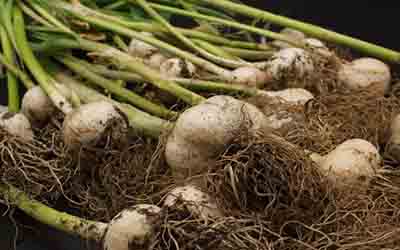
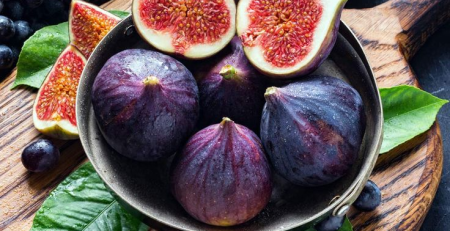

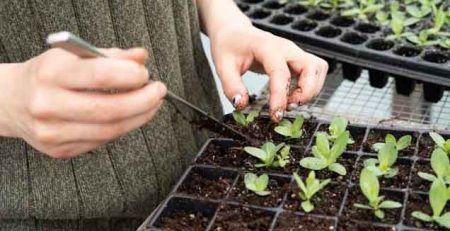
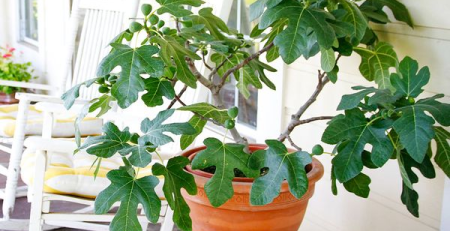
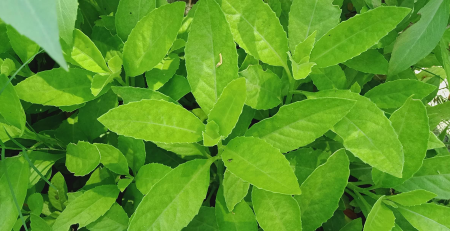
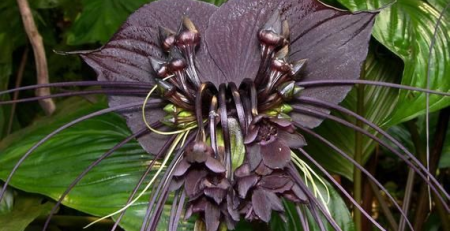
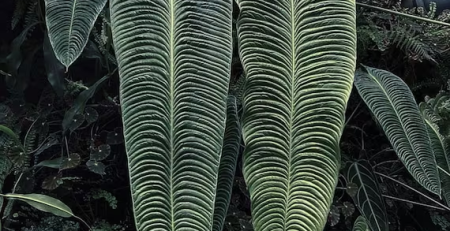
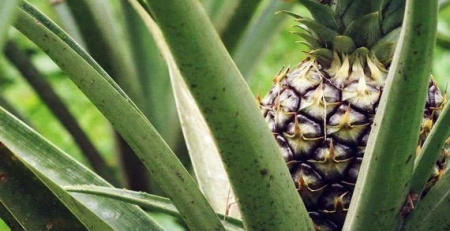
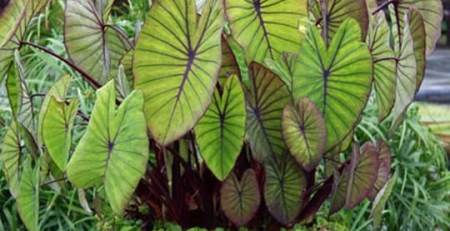
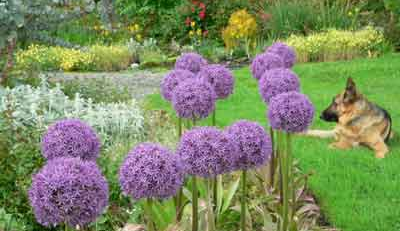
Leave a Reply